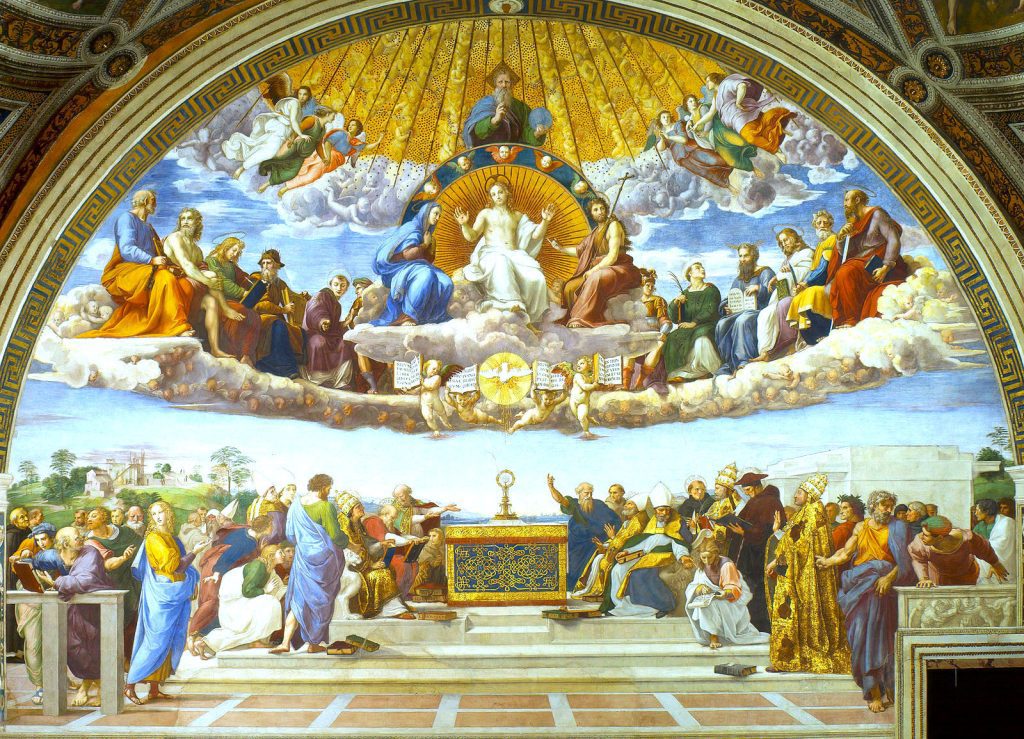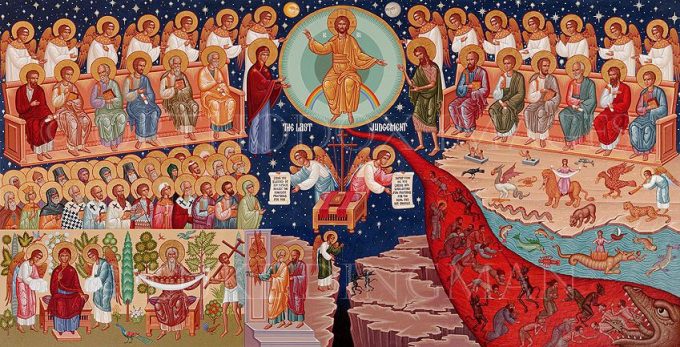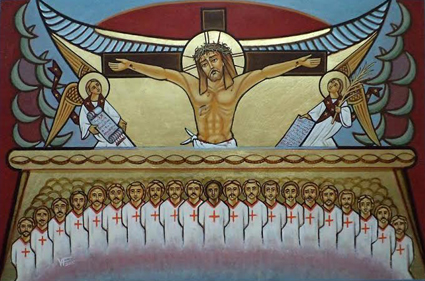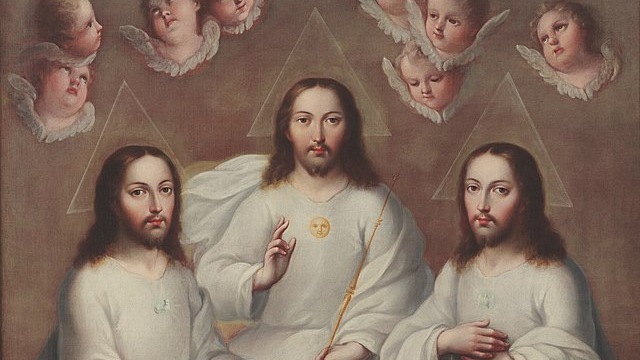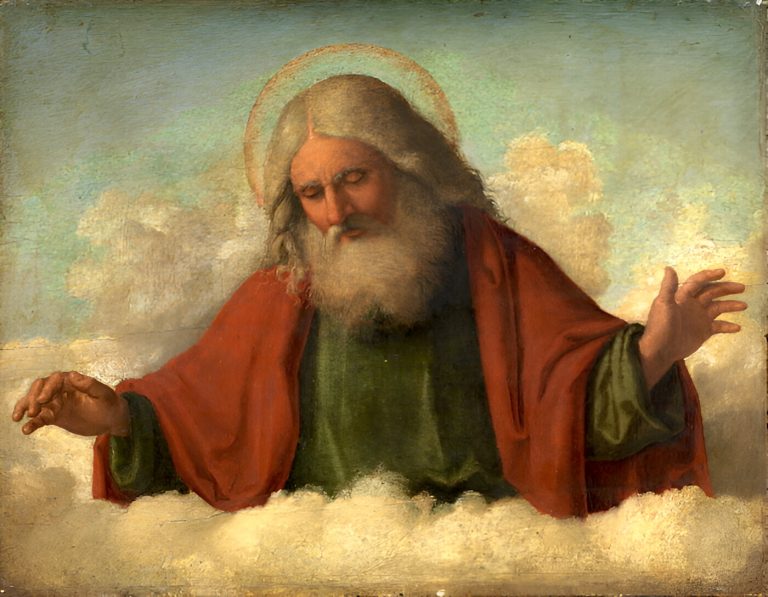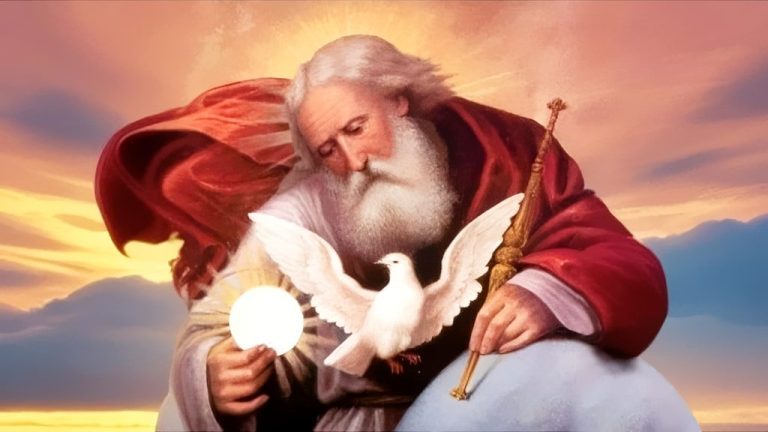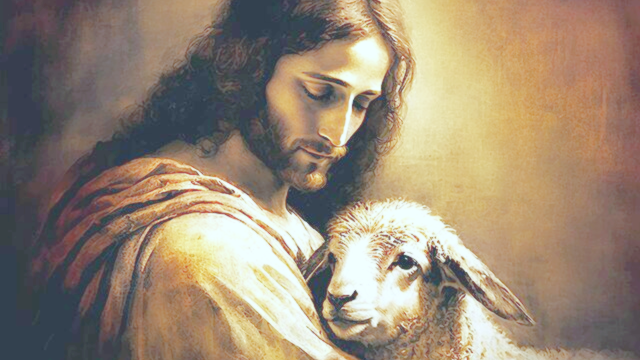All of us have things we like to collect. I used to collect tiny automatic pistols that fired the small Colt .25 ACP (Automatic Colt Pistol) rounds. The round and calibre (That’s how Colt spelled it, too!) became popular in Europe before WWI. There, the cartridge and the bore diameter was converted to metric, and they are known as 6.35 MM. The pistols are elegantly small, the best of them almost like fine watches.
Many, out of my price range, were nickel or chrome-plated. Some were fitted with ivory or mother-of-pearl handles. A few are both engraved and plated. A few sets were beautifully engraved with Mickey Mouse, Donald Duck, and other characters. Such pistols bring remarkably high prices.
After a few years, I accumulated a couple dozen of them, rarely spending more than two or three hundred dollars. I noticed that when I returned home with a new one, I felt compelled to spend whatever time was necessary to check values and conditions of similar pistols. Now, I have so many that no one can look at them without being bored.
“Aha!” I realized in a eureka moment that, if I were brighter would have occurred decades sooner, “We tend to like what we collect more than we like what other people collect. We are extraordinarily more interested in our own interests than in others’!”
Recently, at an antique show, I purchased an old map (another enthusiasm that comes and goes), a framed 1775 Vaugondy map of Eastern North America. It was fourteen hundred dollars, more than I’d ever paid for a map. That price was not a “deal”, but some investigation showed that it “wasn’t bad”. And, I liked the dealer, whom I wanted to repay for having under-charged me for having framed something complicated a few years ago. What was bad was the several subsequent hours spent researching that map, and others like it. Like each pistol purchased, each map requires time to see if the investment was in line with actual values. More time down the drain with every purchase!
“So what if you got a bargain or didn’t?”, I asked myself. “Are you going to waste time investigating other maps to hang on the wall to bore people?” The frustration of collecting maps became especially apparent when I found a map of similar antiquity, but much greater value, by another map-maker. It was listed at $185,000.00. “Why are you even wasting your time looking at that?”, I asked myself, knowing the answer “Well, if I know more about what it looks like, maybe I’ll run across one buried in a pile of old maps at an antique store.” wasn’t any more financially realistic than my recent purchase of a Powerball ticket.
I’d have been better off spending the time praying. Then, I’d have been gaining something that would benefit me long after my children and grandchildren finished asking themselves, “What are we going to do with all this stuff?”

